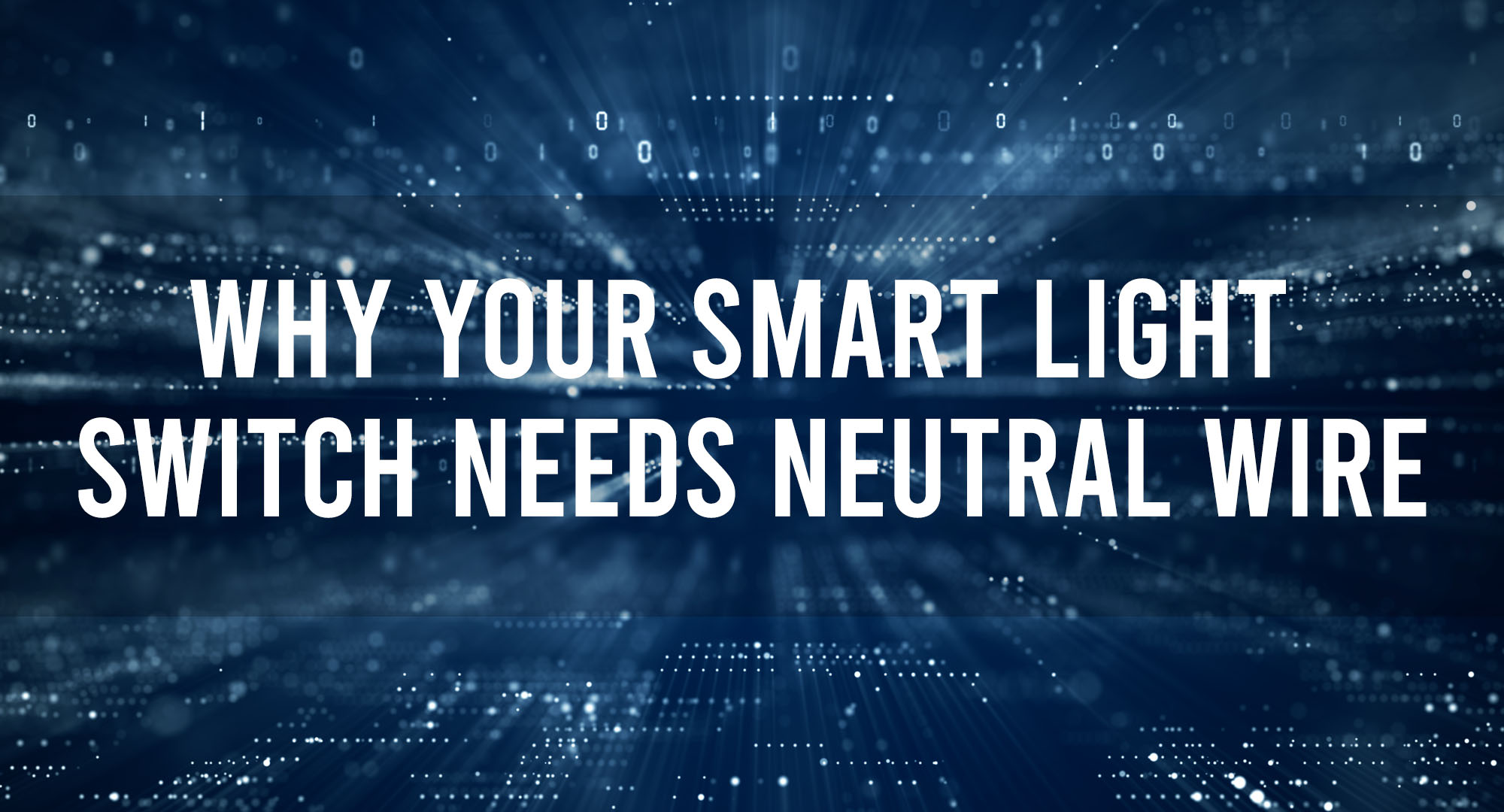In this article, we’ll explore the world of home wiring, light switches, and the all-important neutral wire. So, let’s dive in and get you ready to make your home smarter and more efficient.
The Basics of Home Wiring and Light Switches
Table of Contents
Understanding Home Wiring
Home wiring consists of three main wires: hot, neutral, and ground. The hot wire carries the electrical current from the breaker panel to the device, while the neutral wire returns the current back to the panel. The ground wire, on the other hand, provides a safe path for electricity in case of a fault.
How Light Switches Work
A traditional light switch works by interrupting the flow of electricity between the hot wire and the light fixture. When the switch is off, the circuit is open, and no electricity flows. When the switch is on, the circuit is closed, allowing electricity to flow and power the light.
What is a Neutral Wire and Why is it Important?
The neutral wire is crucial in completing the electrical circuit, as it carries the current back to the breaker panel. It also helps maintain a stable voltage across the circuit, ensuring that your devices receive the right amount of power. Without a neutral wire, your electrical system would be incomplete and potentially unsafe.
How a Smart Light Switch Works
A smart light switch, unlike a traditional switch, requires a constant flow of electricity to maintain its connectivity and functionality. This means that even when the switch is off, it still needs power to communicate with your smart home hub or smartphone app.
Why Most Smart Light Switches Require a Neutral Wire?
Since smart light switches need constant power, they require a neutral wire to complete the circuit and provide a return path for the current. Without a neutral wire, the smart switch would not have a consistent power source, rendering it unable to function properly.
The Functionality of a Neutral Wire in a Smart Light Switch
The neutral wire in a smart light switch ensures that the switch remains powered at all times, allowing it to maintain its connectivity and features such as remote control, scheduling, and voice commands. This constant power supply is what sets smart switches apart from traditional switches and enables their advanced functionality.
Potential Issues When a Neutral Wire is Missing
If your home lacks a neutral wire, you may encounter issues when trying to install a smart light switch. These issues can include:
- Inability to install the smart switch, as it requires a neutral wire for proper functioning.
- Flickering or dimming lights, due to an unstable power supply.
- Potential safety hazards, as the absence of a neutral wire can lead to an overloaded circuit.
Solutions for Homes Without Neutral Wires
If your home doesn’t have a neutral wire, don’t worry! There are still options available to you:
- Use a smart light switch that doesn’t require a neutral wire. Some models, like the Lutron Caseta, are designed to work without a neutral wire.
- Hire an electrician to install a neutral wire in your switch box. This can be a more expensive option, but it ensures that your smart switch will function correctly.
- Opt for smart bulbs instead of smart switches. Smart bulbs can be controlled via a smartphone app or smart home hub without the need for a neutral wire.
Installing a Smart Light Switch with a Neutral Wire
If your home has a neutral wire, installing a smart light switch is relatively straightforward. Follow these steps:
- Turn off the power to the switch at the breaker panel.
- Remove the existing switch and disconnect the wires.
- Connect the smart switch according to the manufacturer’s instructions, ensuring that the neutral wire is properly connected.
- Secure the smart switch in the switch box and replace the cover plate.
- Turn the power back on and test the smart switch for proper functionality.
Safety Considerations in Light Switch Installation
When installing a smart light switch, always prioritize safety. Some tips to keep in mind:
- Always turn off the power at the breaker panel before working on any electrical wiring.
- Use a voltage tester to confirm that there is no electricity flowing through the wires.
- If you’re unsure about any part of the installation process, consult a professional electrician.
Frequently Asked Questions
Can I install a smart light switch without a neutral wire?
Yes, some smart light switches, like the Lutron Caseta, are designed to work without a neutral wire. However, your options may be limited compared to switches that require a neutral wire.
Is it possible to add a neutral wire to my switch box?
Yes, an electrician can install a neutral wire in your switch box. However, this can be a more expensive option compared to using a smart switch that doesn’t require a neutral wire.
Are smart bulbs a good alternative to smart light switches?
A: Smart bulbs can be a great alternative for homes without neutral wires, as they can be controlled via a smartphone app or smart home hub without the need for a neutral wire. However, they may not offer the same level of control and integration as smart switches.
Conclusion
While the neutral wire requirement may seem like a hurdle in the quest for a smarter home, understanding its importance and function can help you make informed decisions about your smart light switch options. By considering the solutions available for homes without neutral wires and prioritizing safety during installation, you can enjoy the convenience and efficiency of smart lighting without any headaches.

Timothy is a tech enthusiast and has been working in the industry for the past 10 years. He has a vast knowledge when comes to technology and likes to help people with this knowledge.
